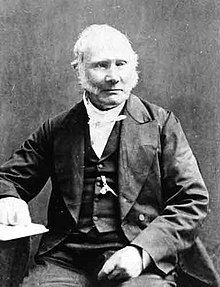Engineering Projects/Engines/Howard Community College/Fall2011/550/qjb-eng
Electronic Sections Expected
[edit | edit source]Problem Statement
[edit | edit source]Design and construct a Sterling Engine.
Team Members
[edit | edit source]Summary
[edit | edit source]The team goal was to design and develop three separate working models of a Sterling engine. Utilizing nothing more than common items found inexpensively at any hardware store.
Overcoming the typical problems associated with this type of build would include the fitting of non-machined parts. Also typical is the using materials that are re-purposed and may not be the standard by which harmonics of any typical rotational design are cut from.
The primary means by which the mechanical system will be balanced will be the use of a flywheel. Critical to the systems function it must be proportionate to the system.
Poster
[edit | edit source]

Story
[edit | edit source]Three students designed and built three versions of the Sterling engine with the notion that different approaches would be taken. All are vertical designs but with different materials and approaches.
This would provide a way to gain the perspective of the different methods of construction. At the same time this approach would provide an opportunity of encountering different setbacks associated with each design thus providing more sources to problem solve as a collective.
Decision List
[edit | edit source]Decided to construct three different designs
Material List
[edit | edit source]Software List
[edit | edit source]Google+
Google Docs
Google Sketch-Up
Time
[edit | edit source]Tutorials
[edit | edit source]Critical Measurements
[edit | edit source]Displacer Thickness= ½ displacement of displacer cylinder
Crankshaft Drive Offset= Equal to Length of Drive Stroke
Crankshaft Displacer Offset= (⅛-Length of Displacer Stroke)/ 2
Next Steps
[edit | edit source]Research the science prior to developing a design. Biggest mistake would to rush the design process by an eagerness to build.
Ideas for design:
